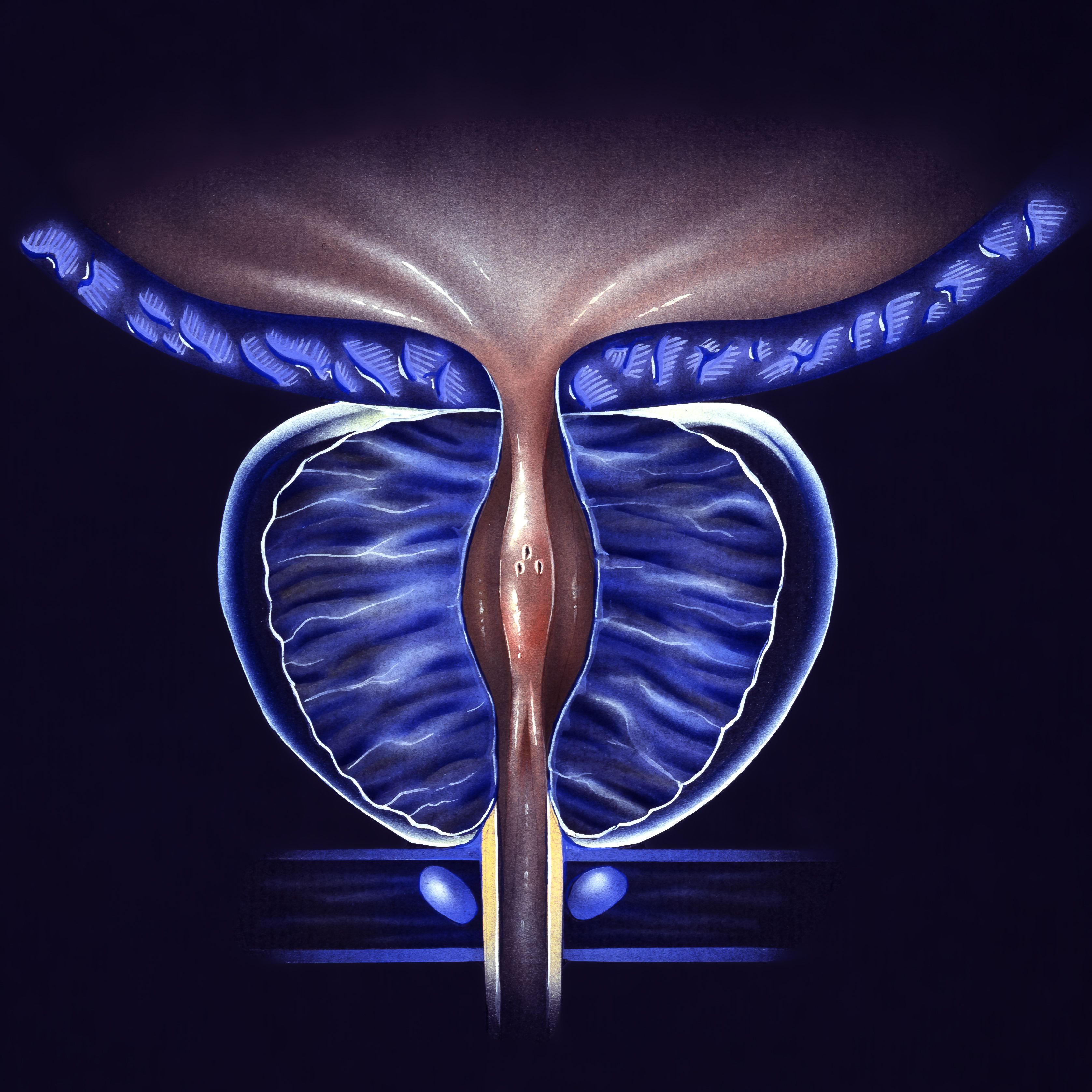HRQOL Analysis Assess Populations and Treatment Options in Bladder and Prostate Cancer
A team from the University of Munich analyzed HRQOL outcomes in rural/urban patients with bladder cancer and after ADT treatment and postoperative radiotherapy in prostate cancer.
A team from the University of Munich analyzed HRQOL outcomes in rural/urban patients with bladder cancer and after ADT treatment and postoperative radiotherapy in prostate cancer.

Health-related quality of life (HRQOL) assessments were a focus for both bladder and prostate cancer in 2 separate studies presented at the 2025 ASCO Genitourinary Symposium and were conducted at the Ludwig-Maximilian University of Munich, Germany.1,2
These studies focused on either a rural or urban population concerning HRQOL for those with bladder cancer after receiving cystectomy or the impact of androgen deprivation therapy (ADT) plus postoperative radiotherapy after prostatectomy.
HRQOL Impact on Patients With Bladder Cancer
For patients who underwent radical cystectomy for bladder cancer, HRQOL was found to be better for patients who lived in rural areas vs urban areas.
During short-term follow-up, the prospective and longitudinal analysis found that rural residents reported better general HRQOL (P = .001-.037). However, at 12 months, both urban and rural residents had a significant correlation between physical functioning, emotional functioning, or urinary continence with better overall HRQOL (P <.001). The study also found a significant correlation between social/family wellbeing and increased HRQOL for rural residents (P = .042), but the same was not observed for urban residents (P = .594).
“Physical- and emotional functioning equally affects HRQOL for rural and urban residents. While social/family wellbeing correlates with increased general HRQOL for rural residents only,” Thilo Westhofen, MD, from Ludwig-Maximilian University of Munich, Germany, wrote in the poster.
Overall, 1514 patients were included in this analysis. Patients were prospectively assessed using patient-reported outcome measures such as the European Organisation for Research and Treatment of Cancer (EORTC) Quality of Life Questionaire (QLQ)-C30, QLQ-BLM30, and Functional Assessment of Cancer Therapy-Bladder (FACT-BL).
Overall, 576 patients were from urban areas, and 938 were from rural areas. Those who underwent radical cystectomy at a large tertiary care center were included in the analysis. The investigators utilized Spearman’s rank correlation to identify residential-specific factors that influence HRQOL.
The background of this trial was to assess patients from rural areas who may have more difficult access to health care. Because of this, there may be a detrimental impact to oncologic outcomes after a radical cystectomy. Prior to this study, there was not much known about the HRQOL impact between rural and urban residents.
HRQOL After ADT and Postoperative Radiotherapy in Prostate Cancer
This analysis included 1124 patients who underwent radiotherapy after previous radical prostatectomy. Patient-reported outcome measures were analyzed using EORTC QLQ-C30 and QLQ-PR25 questionnaires. A separate model was used for longitudinal analysis of HRQOL for patients with ADT vs those without. A correlation analysis and multivariable regression models to estimate the impact of ADT with postoperative radiotherapy on HRQOL.
This analysis found that patients with postoperative radiotherapy and ADT had worse long-term HRQOL. For the patients in the ADT cohort, the median duration was 21 months. Additionally, there was no significant difference in HRQOL by global health status (GHS) domain for those who received prior radical prostatectomy and radiotherapy.
The longitudinal analysis found a significantly worse (GHS) score in the ADT cohort up to 48 months after radical prostatectomy (P = .001-.039). The multivariable regression analysis determined that ADT was an independent predictor of worse general HRQOL (OR, 0.68; 95% CI, 0.47-0.96; P = .03). Other factors were erectile functioning (OR, 5.241; 95% CI, 2.48-11.06; P = .001) and urinary continence (OR, 1.655; 95% CI, 1.03-2.66; P = .037).
There was also a correlation between a longer duration of ADT and worse long-term general HRQOL (P <.001).
References
- Westhofen T, Buchner A, Schulz G, et al. Differences in health-related quality of life between rural and urban bladder cancer patients following radical cystectomy. J Clin Oncol. 2025;43(5):766. doi:10.1200/JCO.2025.43.5_suppl.766
- Westhofen T, Buchner A, Eismann L, et al. Impact of androgen deprivation therapy with postoperative radiotherapy after radical prostatectomy on health-related quality of life. J Clin Oncol. 2025;43(5):133. doi:10.1200/JCO.2025.43.5_suppl.133
Newsletter
Stay up to date on recent advances in the multidisciplinary approach to cancer.